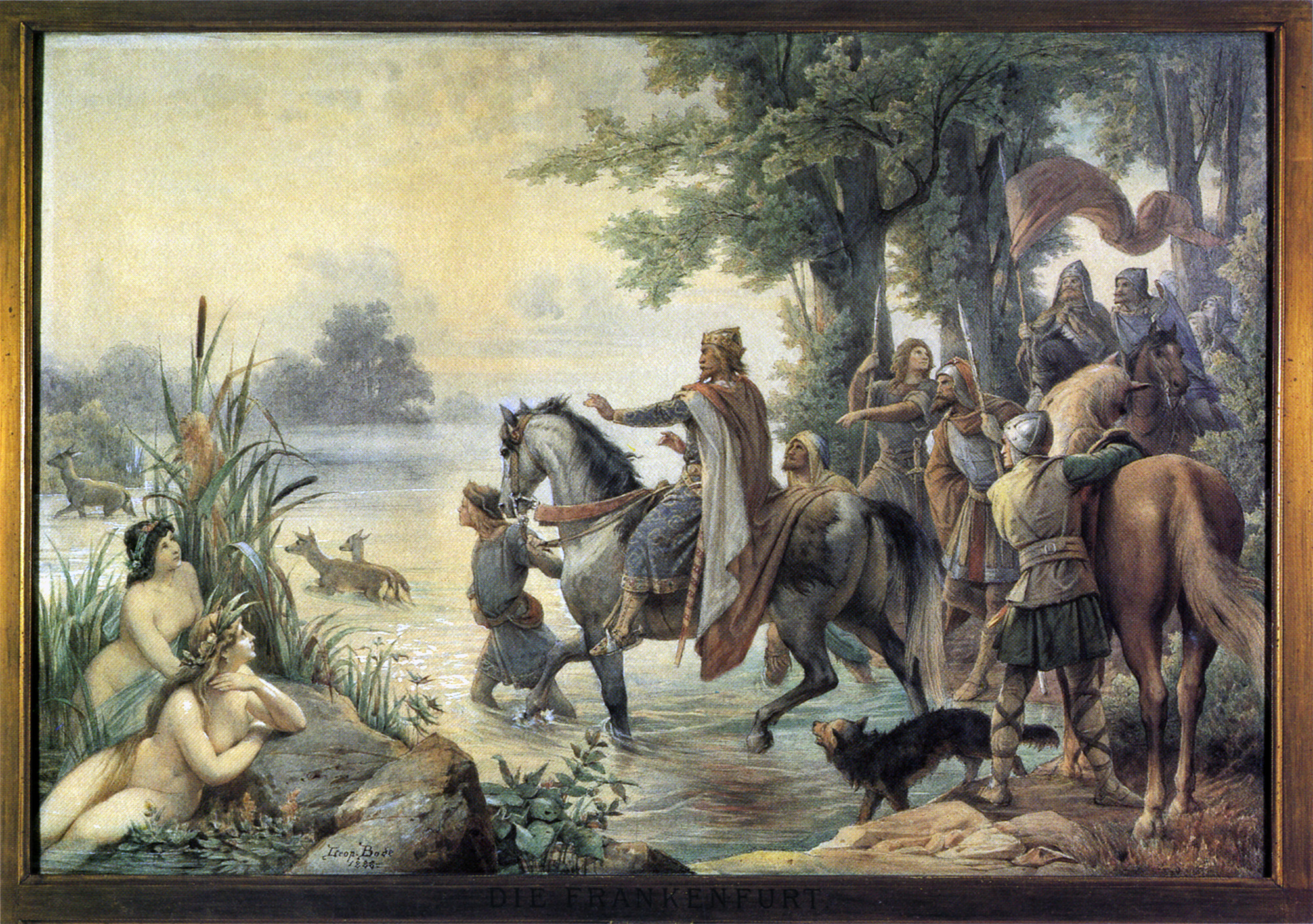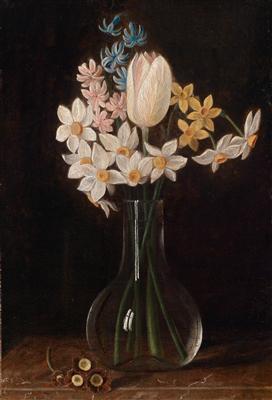|
Johann Daniel Bager
Johann Daniel Bager, who was born at Wiesbaden Wiesbaden () is a city in central western Germany and the capital of the state of Hesse. , it had 290,955 inhabitants, plus approximately 21,000 United States citizens (mostly associated with the United States Army). The Wiesbaden urban area ... in 1734, was a fruit and flower painter. He worked for some time at Frankfurt am Main, Frankfurt, where he died in 1815. Two works by him are in the Städel, Städel Gallery in that city. He was taught by his step-father Justus Juncker. See also * List of German painters * Justus Juncker References * 18th-century German painters 18th-century German male artists German male painters 19th-century German painters 19th-century German male artists 1734 births 1815 deaths People from Wiesbaden {{Germany-painter-stub ... [...More Info...] [...Related Items...] OR: [Wikipedia] [Google] [Baidu] |
Frankfurt Am Main-Christian Stoecklin-Johann Daniel Bager-Das Gemaeldekabinett Des Johann Noe Gogel-1776
Frankfurt, officially Frankfurt am Main (; Hessian dialects, Hessian: , "Franks, Frank ford (crossing), ford on the Main (river), Main"), is the most populous city in the States of Germany, German state of Hesse. Its 791,000 inhabitants as of 2022 make it the List of cities in Germany by population, fifth-most populous city in Germany. Located on its namesake Main (river), Main River, it forms a continuous conurbation with the neighboring city of Offenbach am Main and Frankfurt Rhein-Main Regional Authority, its urban area has a population of over 2.3 million. The city is the heart of the larger Rhine-Main metropolitan region, which has a population of more than 5.6 million and is Germany's Metropolitan regions in Germany, second-largest metropolitan region after the Rhine-Ruhr region. Frankfurt's central business district, the Bankenviertel, lies about northwest of the geographic centre of the EU, geographic center of the EU at Gadheim, Lower Franconia. Like France and Franc ... [...More Info...] [...Related Items...] OR: [Wikipedia] [Google] [Baidu] |
Wiesbaden
Wiesbaden () is a city in central western Germany and the capital of the state of Hesse. , it had 290,955 inhabitants, plus approximately 21,000 United States citizens (mostly associated with the United States Army). The Wiesbaden urban area is home to approximately 560,000 people. Wiesbaden is the second-largest city in Hesse after Frankfurt am Main. The city, together with nearby Frankfurt am Main, Darmstadt, and Mainz, is part of the Frankfurt Rhine Main Region, a metropolitan area with a combined population of about 5.8 million people. Wiesbaden is one of the oldest spa towns in Europe. Its name translates to "meadow baths", a reference to its famed hot springs. It is also internationally famous for its architecture and climate—it is also called the " Nice of the North" in reference to the city in France. At one time, Wiesbaden had 26 hot springs. , fourteen of the springs are still flowing. In 1970, the town hosted the tenth '' Hessentag Landesfest'' (Englis ... [...More Info...] [...Related Items...] OR: [Wikipedia] [Google] [Baidu] |
Frankfurt Am Main
Frankfurt, officially Frankfurt am Main (; Hessian dialects, Hessian: , "Franks, Frank ford (crossing), ford on the Main (river), Main"), is the most populous city in the States of Germany, German state of Hesse. Its 791,000 inhabitants as of 2022 make it the List of cities in Germany by population, fifth-most populous city in Germany. Located on its namesake Main (river), Main River, it forms a continuous conurbation with the neighboring city of Offenbach am Main and Frankfurt Rhein-Main Regional Authority, its urban area has a population of over 2.3 million. The city is the heart of the larger Rhine-Main metropolitan region, which has a population of more than 5.6 million and is Germany's Metropolitan regions in Germany, second-largest metropolitan region after the Rhine-Ruhr region. Frankfurt's central business district, the Bankenviertel, lies about northwest of the geographic centre of the EU, geographic center of the EU at Gadheim, Lower Franconia. Like France and Franc ... [...More Info...] [...Related Items...] OR: [Wikipedia] [Google] [Baidu] |
Städel
The Städel, officially the ''Städelsches Kunstinstitut und Städtische Galerie'', is an art museum in Frankfurt, with one of the most important collections in Germany. The Städel Museum owns 3,100 paintings, 660 sculptures, more than 4,600 photographs and more than 100,000 drawings and prints. It has around 4,000 m2 of display and a library of 115,000 books. The Städel was honoured as "Museum of the Year 2012" by the German art critics association AICA. In the same year the museum recorded the highest attendance figures in its history, of 447,395 visitors. In 2020 the museum had 318,732 visitors, down 45 percent from 2019, due to the COVID-19 pandemic. It ranked 71st on the list of most-visited art museums in 2020. History The Städel was founded in 1817, and is one of the oldest museums in Frankfurt's Museumsufer, or museum embankment. The founding followed a bequest by the Frankfurt banker and art patron Johann Friedrich Städel (1728–1816), who left his house, ... [...More Info...] [...Related Items...] OR: [Wikipedia] [Google] [Baidu] |
Justus Juncker
Justus Juncker (24 July 1703 – 14 June 1767) was a German genre and flower painter. He is also known for his association with Johann Wolfgang von Goethe and his father Johann Caspar Goethe. Biography Juncker was born in Mainz, Germany – then an independent state of the Holy Roman Empire – on 24 July 1703. He moved to Frankfurt as a child, where he studied under Johann Hugo Schlegel. He was subsequently influenced by the collection of Baron von Häckel, and specifically the collection's works from the Dutch painter Thomas Wijck. It is alleged that Juncker lived in London for a short time, but this is not documented. He was married in Eschborn in 1722, and settled in Frankfurt in 1723, the year in which his son, Isaak, was born. In 1826 Juncker obtained permanent residency in Frankfurt. Juncker was a teacher to his son Isaak Juncker and step-son Johann Daniel Bager, who both became painters in their own right. From the 1740s Juncker specialised in still life painting, thou ... [...More Info...] [...Related Items...] OR: [Wikipedia] [Google] [Baidu] |
List Of German Painters
This is a list of German painters. A > second column was into info box --> * Hans von Aachen (1552–1615) * Aatifi (born 1965) * Karl Abt (1899–1985) * Tomma Abts (born 1967) * Andreas Achenbach (1815–1910) * Oswald Achenbach (1827–1905) * Herbert Achternbusch (1938–2022) * Franz Ackermann (born 1963) * Johann Adam Ackermann (1780–1853) * Max Ackermann (1887–1975) * Otto Ackermann (1872–1953) * Albrecht Adam (1786–1862) * Benno Adam (1812–1892) * Emil Adam (1843–1924) * Eugen Adam (1817–1880) * Franz Adam (1815–1886) * Heinrich Adam (1787–1862) * Luitpold Adam (1888–1950) * Jankel Adler (1895–1949) * Salomon Adler (1630–1709) * Christoph Ludwig Agricola (1667–1719) * Karl Agricola (1779–1852) * August Ahlborn (1796–1857) * Erwin Aichele (1887–1974) * Wolfram Aichele (1924–2016) * Max Ainmiller (1807–1870) * Josef Albers (1888–1976) * Heinrich Jacob Aldenrath (1775–1844) * William Alexander (1915–1997) ... [...More Info...] [...Related Items...] OR: [Wikipedia] [Google] [Baidu] |
18th-century German Painters
The 18th century lasted from January 1, 1701 ( MDCCI) to December 31, 1800 ( MDCCC). During the 18th century, elements of Enlightenment thinking culminated in the American, French, and Haitian Revolutions. During the century, slave trading and human trafficking expanded across the shores of the Atlantic, while declining in Russia, China, and Korea. Revolutions began to challenge the legitimacy of monarchical and aristocratic power structures, including the structures and beliefs that supported slavery. The Industrial Revolution began during mid-century, leading to radical changes in human society and the environment. Western historians have occasionally defined the 18th century otherwise for the purposes of their work. For example, the "short" 18th century may be defined as 1715–1789, denoting the period of time between the death of Louis XIV of France and the start of the French Revolution, with an emphasis on directly interconnected events. To historians who expand ... [...More Info...] [...Related Items...] OR: [Wikipedia] [Google] [Baidu] |
German Male Painters
German(s) may refer to: * Germany (of or related to) **Germania (historical use) * Germans, citizens of Germany, people of German ancestry, or native speakers of the German language ** For citizens of Germany, see also German nationality law ** Germanic peoples (Roman times) * German language **any of the Germanic languages * German cuisine, traditional foods of Germany People * German (given name) * German (surname) * Germán, a Spanish name Places * German (parish), Isle of Man * German, Albania, or Gërmej * German, Bulgaria * German, Iran * German, North Macedonia * German, New York, U.S. * Agios Germanos, Greece Other uses * German (mythology), a South Slavic mythological being * Germans (band), a Canadian rock band * "German" (song), a 2019 song by No Money Enterprise * '' The German'', a 2008 short film * " The Germans", an episode of ''Fawlty Towers'' * ''The German'', a nickname for Congolese rebel André Kisase Ngandu See also * Germanic (disambigua ... [...More Info...] [...Related Items...] OR: [Wikipedia] [Google] [Baidu] |
19th-century German Painters
The 19th (nineteenth) century began on 1 January 1801 ( MDCCCI), and ended on 31 December 1900 ( MCM). The 19th century was the ninth century of the 2nd millennium. The 19th century was characterized by vast social upheaval. Slavery was abolished in much of Europe and the Americas. The First Industrial Revolution, though it began in the late 18th century, expanding beyond its British homeland for the first time during this century, particularly remaking the economies and societies of the Low Countries, the Rhineland, Northern Italy, and the Northeastern United States. A few decades later, the Second Industrial Revolution led to ever more massive urbanization and much higher levels of productivity, profit, and prosperity, a pattern that continued into the 20th century. The Islamic gunpowder empires fell into decline and European imperialism brought much of South Asia, Southeast Asia, and almost all of Africa under colonial rule. It was also marked by the collapse of the l ... [...More Info...] [...Related Items...] OR: [Wikipedia] [Google] [Baidu] |
1734 Births
Events January– March * January 8 – Salzburgers, Lutherans who were expelled by the Roman Catholic Bishop of Salzburg, Austria, in October 1731, set sail for the British Colony of Georgia in America. * February 16 – The Ostend Company, established in 1722 in the Austrian Netherlands (modern-day Belgium) to compete for trade in the West Indies (the Caribbean islands) and the East Indies (south and southeast Asia), ceases business as part of the agreement by Austria in the Second Treaty of Vienna. * March 12 – Salzburgers arrive at the mouth of the Savannah River in the British Colony of Georgia. April–June * April 25 – Easter occurs on the latest possible date (the next time is in 1886). * May 15 – Prince Charles of Spain (later King Charles III) becomes the new King of Naples and Sicily, five days after his arrival in Naples. * May 25 – Spanish forces under the command of José Carrillo de Albornoz, 1st Duke o ... [...More Info...] [...Related Items...] OR: [Wikipedia] [Google] [Baidu] |





